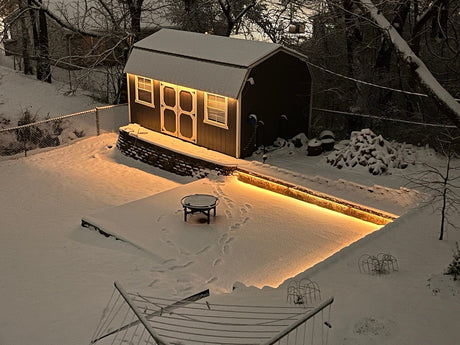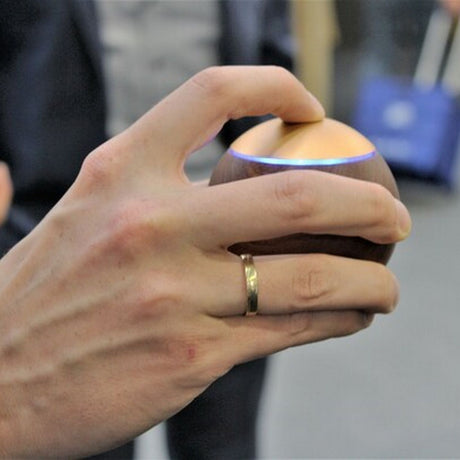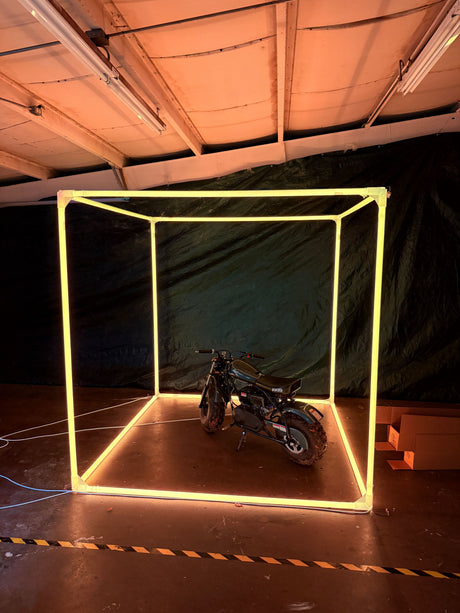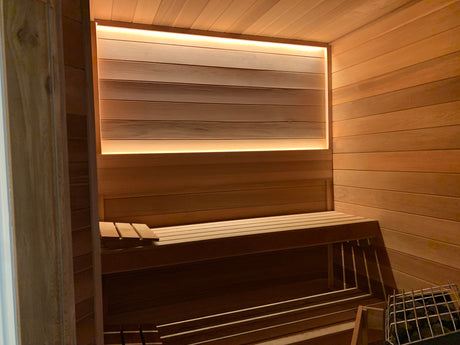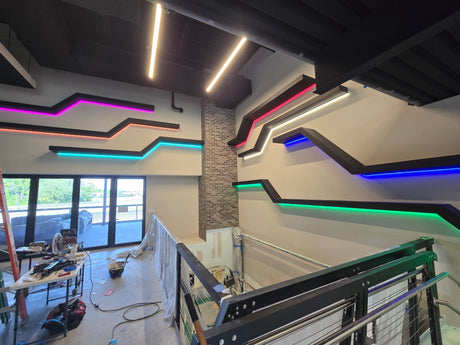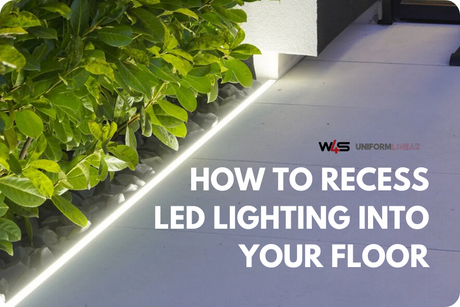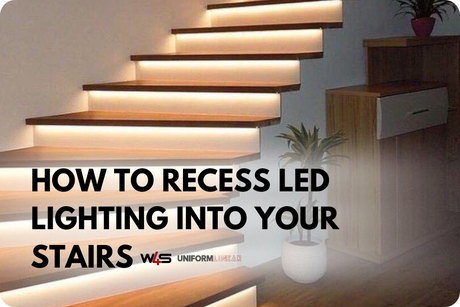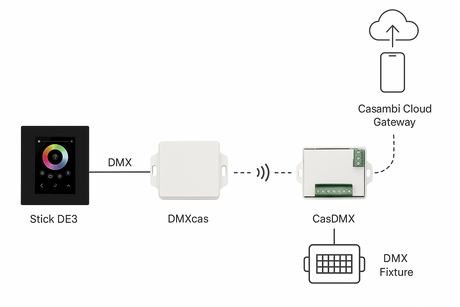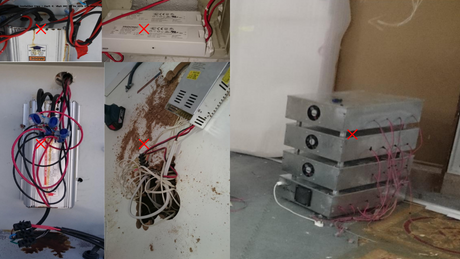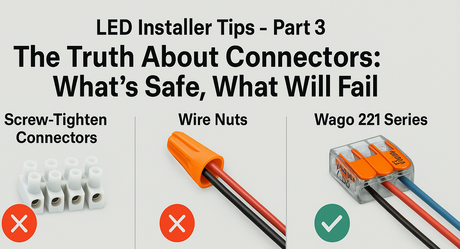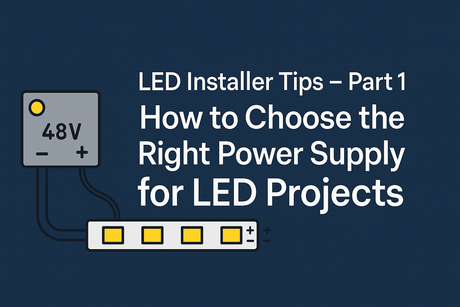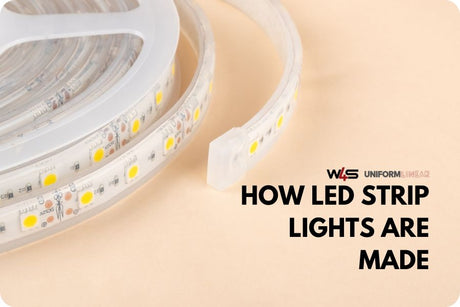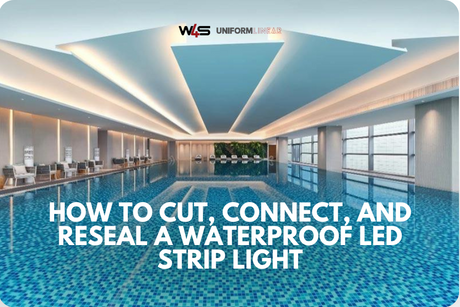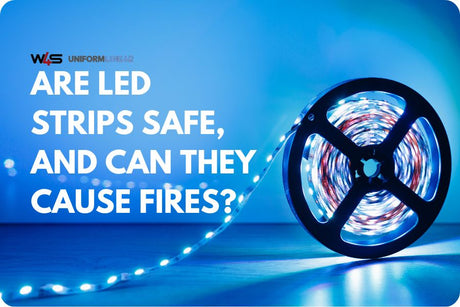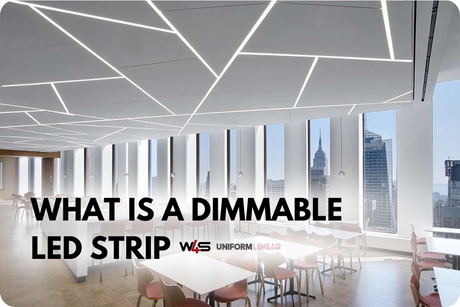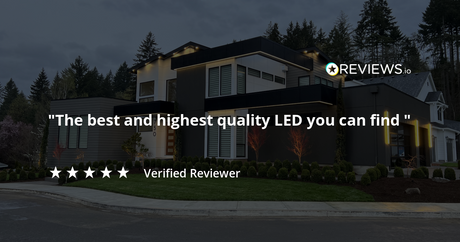Why use LED lighting?
LED strip lights are becoming more and more popular for home lighting. More than likely you have heard the argument for LEDs over incandescent and even halogen bulbs: they are more efficient, brighter, longer lasting, they don’t produce much heat, they are easily controlled and programmed… the list goes on and on. LEDs come in extremely compact, durable packaging which has opened the window for imaginative lighting ideas.
Did you know that LED lights can have a lifespan of more than 25,000 hours and be up to 7 times more efficient than conventional light sources? That's because LED lights are more efficient at converting electricity into light, and they are steadily replacing incandescent light bulbs around the world.
Best of all, now you can buy LED strip lights to create mood lighting both indoors and outdoors! They can be installed virtually anywhere and cast a bright light in the color of your choice.
Shop our range of LED strips here.
Understanding the technical features of LED strips
Having accepted that LED lighting is superior to other light sources, you need to know the technical jargon that is used to describe their features. Here are some of the main factors to consider when choosing an LED strip.
Types of LED Strip Lights
Learn about the different types of LED strips in-depth.
There are three basic types of LED strip to choose from: Single-color (including white), Adjustable white, and Color changing RGB. We will describe other other types of strips too, but they are all based on these basic concepts. Your application will determine which type of strip is most appropriate.
- Single-color LED strip - This could be a plain white LED strip for illumination, or it might be a single-color strip for a specific purpose such as commercial branding. Other than white, single-color LED strips are typically available in red, green, blue or yellow. Check out our single-color LED strips.
- Adjustable/Tunable White CCT LED strip - Tunable LED strip combines cool and warm white LED chips on one strip, allowing the color temperature to be adjusted. These strips are able to change between temperatures of white light giving an entirely different experience of tone and feel with each color temperature. Tunable white technology allows one fixture to have multiple white tones, ranging from warm white to cool white, 2200-6000k. Shop for tunable white LED strips from Europe and the US.
- RGB LED strip - This type of strip combines three (Red, Green, Blue) LEDs into one strip. Each color channel is individually wired so that they can be separately controlled with a specialized controller, allowing you to mix the three primary colors to nearly any color of your choice or even create changing colors for mood lighting. See our selection of RGB strips.
- RGBW LED strip - This type of strip combines four (Red, Green, Blue, White) LEDs into one strip. The advantage of including white on the RGBW strip is that it allows you to achieve richer color blends as well as offering plain white for general lighting when colors are not required. Shop for high quality RGBW strips on this page.
- RGB+CCT strip - This LED strip combines five colors of LEDs on one strip - red, green, blue, plus cool white and warm white. The advantages are that it can not only produce the rich RGB colors of regular RGB+W strip, but also be used for color temperature adjusted white ambient lighting when RGB color effects are not required. See our RGBWW strips here.
- Pixel RGB strip - Pixel LED strip, or addressable RGB strip, also has red, green and blue LEDs. But instead of controlling the entire strip as one light source, the pixel strip has a tiny controller for each set of red, green and blue LEDs. These sets of LEDs are known as "pixels". By using a special pixel controller, you can control every pixel independently to create multi-color moving light effects limited only by your imagination. See our Latana Series LED Strip to learn more.
In conclusion, there are various types of LED strips to suit a wide range of lighting requirements, from single-color to adjustable white and dynamic RGB options. When making your choice, consider the specific needs of your project or space. Whether it's for ambient lighting, color-changing effects, or precise control over individual pixels, there's an LED strip for you.
So, when selecting the types of LED strip, make sure it aligns perfectly with your unique lighting needs. Your satisfaction is our priority, and we're here to help you find the ideal solution!
Light color
This characteristic applies specifically to white LED strip. White LED strip is specified according to its color-temperature, which is measured in Kelvin. A high Kelvin value gives a bluish-white light known as "cool white" whereas a low Kelvin value gives a yellowish-white light known as "warm-white".
What type of white you require will again depend on your application. Commercial spaces, medical rooms and workshops generally suit cool white lighting while entertainment or hospitality areas and residential applications generally suit softer warm white lighting.
Color Rendering Index (CRI)
This parameter of an LED strip is a measurement of how completely it delivers the full light spectrum. A low-CRI strip (70 or less) will be missing some areas of the white light spectrum which means that objects will not appear the same color as under natural lighting. It follows that high-CRI (80 or higher) LED strip is preferred for a stable color appearance between natural lighting and artificial lighting. We have another blog post which discusses in detail about CRI ratings.
Density
The density of an LED strip refers to how closely together the individual LED chips are mounted on the strip. This specification is measured in LEDs / meter. Higher numbers of LEDs per meter offer either increased light output or smoother lighting (dot-free) behind a diffuser, or a combination of both advantages.
Voltage
Single-color and RGB LED strips are commonly available in 12V or 24V DC options. On the other hand, pixel LED strips are usually rated at 5V DC. You will need to take the voltage into account when selecting an appropriate power supply or controller. Read our blog to help you choose between 12V and 24V strip.
Power
The power rating of an LED strip is an electrical specification measured in Watts per meter (W/m). This depends on the type of individual LED chips it uses, combined with the density at which those chips are installed. This specification is necessary for you to determine what rating power supply is required for the installed length of strip.
Light output
The light output, or brightness, of an LED strip is measured in lumens per meter (lm/m). This factor is important when determining the total length of LED strip required to achieve a desired light level in the space being lit. Alternatively, a strip with a low light output may be deliberately chosen for accent lighting which is specifically not intended to provide primary room lighting. The light output of a strip is affected by:
- Power rating - An increased power rating normally means higher light output.
- Efficiency - Not all LEDs are equal, and good quality modern high-efficiency LED chips produce better light output while using less power. This is expressed in lumens per Watt (lm/W).
- LED density - Increased LED density will increase the light output, provided the chip type remains the same.
See some of our brightest most powerful strips here.
PCB type
LED strip consists of a PCB (printed circuit board) backing onto which the individual LEDs are mounted. Most LED strips consist of a flexible "tape" PCB which is fixed into place with double-sided adhesive tape. There is a special type "bendable" LED strip which has regular folds in the PCB, allowing it to be bent in two planes for curved lighting. Lastly, LED strip is also available on a rigid PCB for self-supporting installations. Rigid PCB strip is only available in short lengths compared to LED tape.
PCB width
LED strip is available in various widths. The width of your strip needs to be taken into account when matching to your desired LED channel to ensure that it fits inside the profile.
Cutting pitch
LED strip consists of a flexible PCB "tape" onto which the individual LED chips are mounted. At regular intervals, the strip is marked with a cutting position between the LEDs. This cutting position also provides solder points for connecting the supply to the strip. To avoid dead spots, this cutting pitch should be taken into account when planning the cut length for the LED profile you intend to install the strip into.
Waterproof rating
Standard LED strip typically consists of flexible printed circuit board with surface-mounted LED chips on it. This type of strip is not water-resistant and should only be used indoors in dry environments. But most LED strip series are also available in an IP68 rated waterproof version. These strips are encapsulated in a silicone layer to seal them from moisture and are suitable for use in outdoor and in wet area lighting. Shop for the highest quality waterproof LED strips here.
Our range
Wired4Signs stocks a selection of high quality LED strips which are manufactured in Europe and are TAA compliant. We offer short lengths of LED strip for consumer projects as well as full length contractor rolls.




